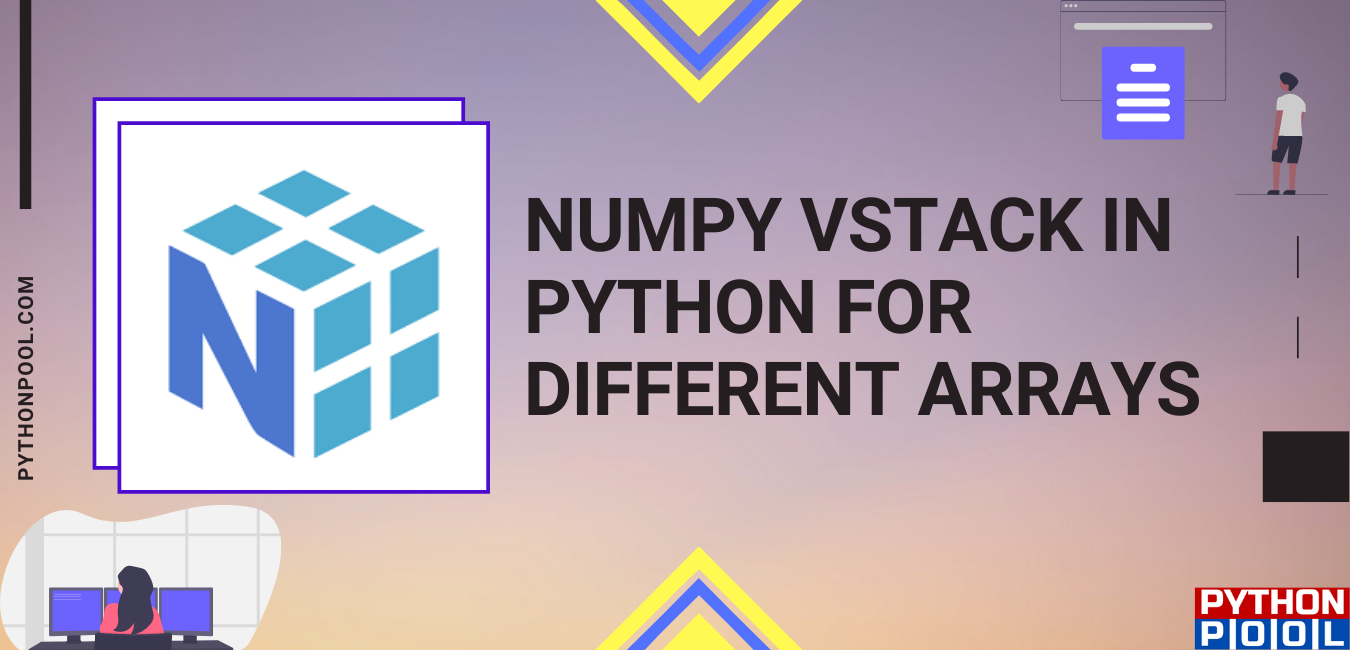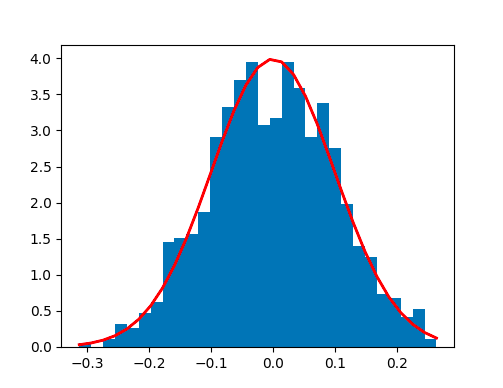

dstack ( (a ,b ) )Ĭonclusion : Practical level, The vertical and depth are intuitive in a two-dimensional array, But the stack used to mark 3D arrays is very confusing, therefore vstack Recorded as on page 0 Dimension extension ,hstack Remember to expand in the first dimension ,dstack Recorded as on page 2 Dimension extension is enough. big xslabel2 np.hstack ( ( x1label2, x2label2 ) ) matrix np.vstack.

Stack arrays in sequence vertically (row wise). and test data for multiclass classification XS xslabel np.hstack. vstack ( (a ,b ) )Īrray (, , ], ,, ], ,, ], ,, ], ,, ], ,, ] ] ) > np. The functions concatenate, stack and block provide more general stacking and concatenation. These three stack The changes of can be called horizontal stack(hstack), vertical stack(vstack) And depth stack(dstack), The first two are well understood in two-dimensional arrays, But it is not easy to understand the three-dimensional situation. We can use this function up to nd-arrays but it’s recommended to use it till. It can be useful when we want to stack different arrays into one row-wise (vertically). , Today, I would like to briefly summarize my own understanding. Numpy.vstack () is a function that helps to pile the input sequence vertically so as to produce one stacked array.
NUMPY VSTACK VS HSTACK CODE
Out = np.Recently python Code always sees np.hstack, np.vstack as well as np.dstack etc. concatenation with respect to axis 0 or vertical.Generate a matrix A and B of size 3,2 and 4,2 numpy.vstack () is defined as: numpy.vstack(tup) Stack arrays in sequence vertically (row wise).Syntax : numpy. Out = np.concatenate((A,B),axis=1) print(out) ] numpy.hstack () function is used to stack the sequence of input arrays horizontally (i.e.



 0 kommentar(er)
0 kommentar(er)
